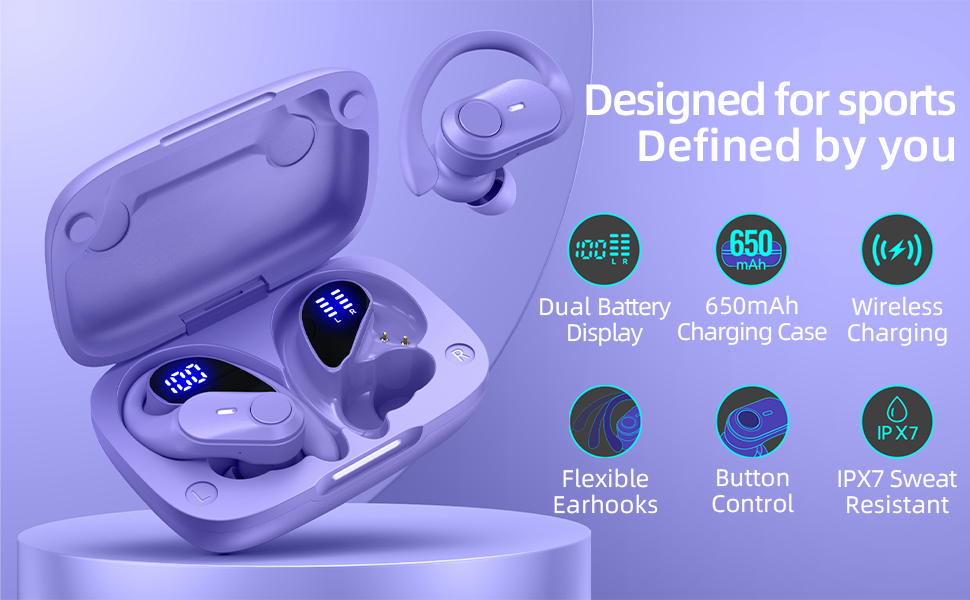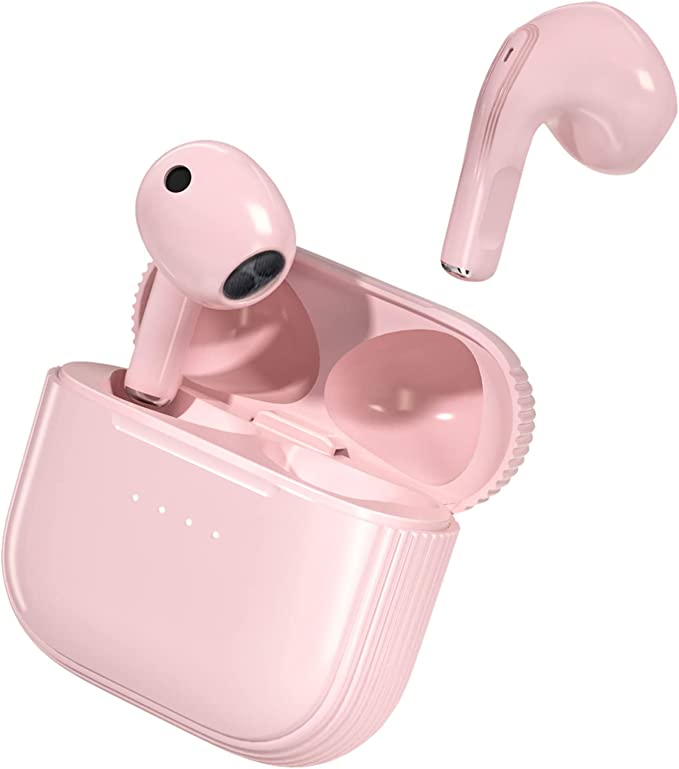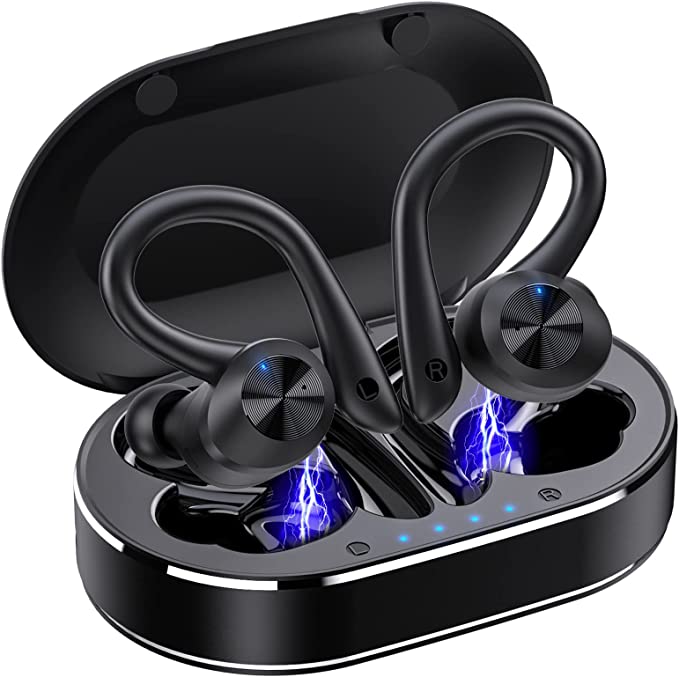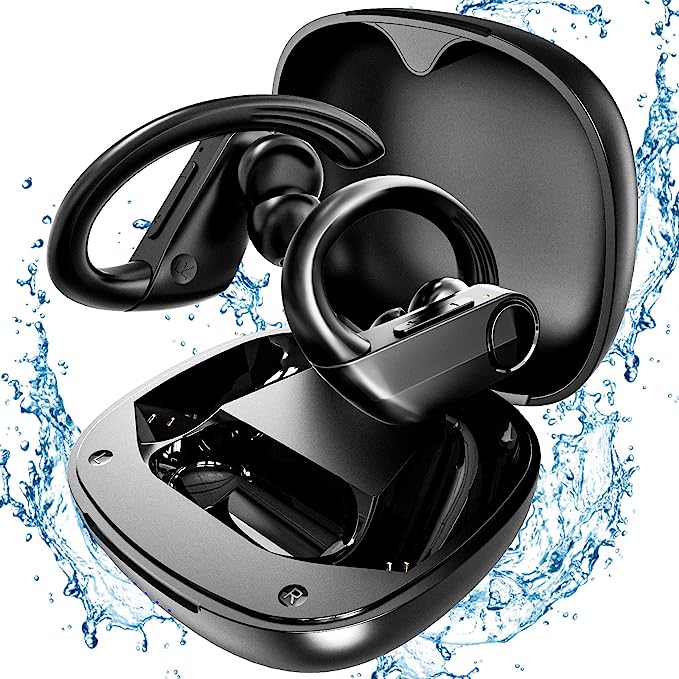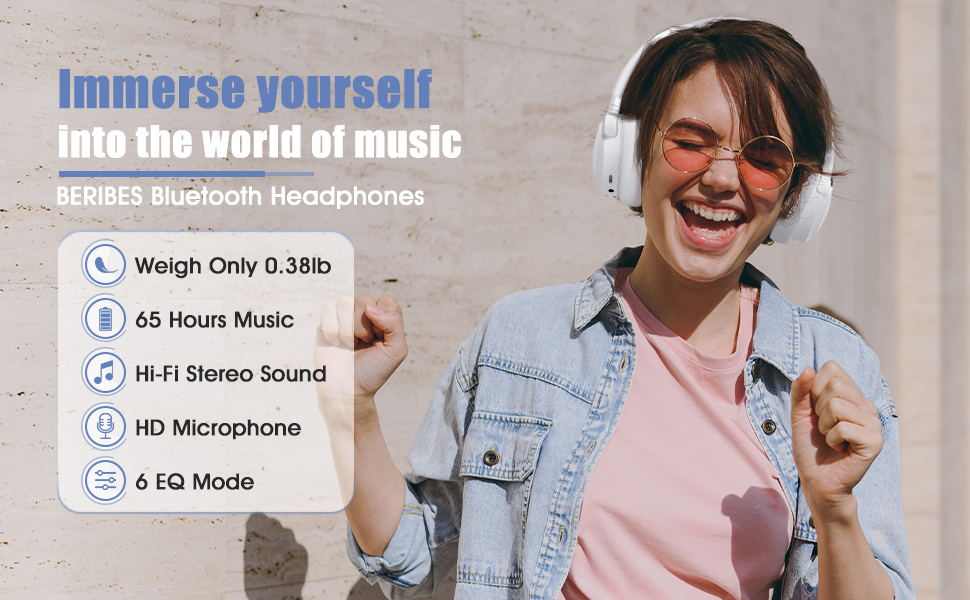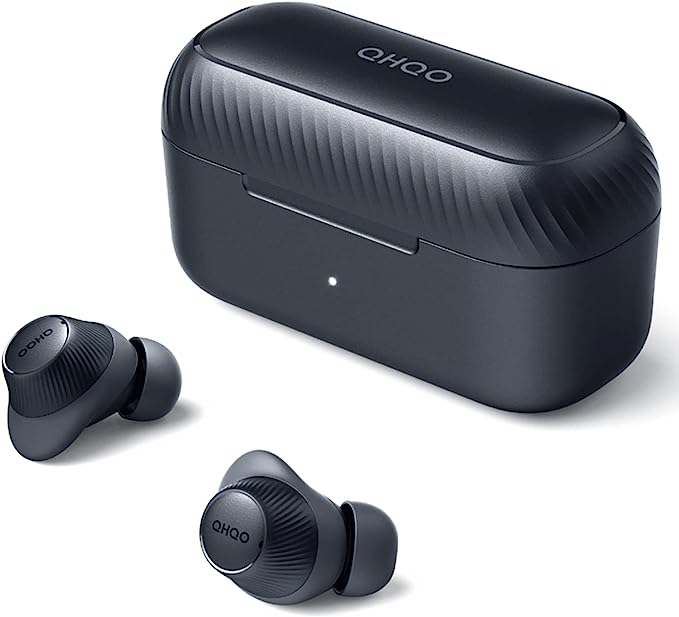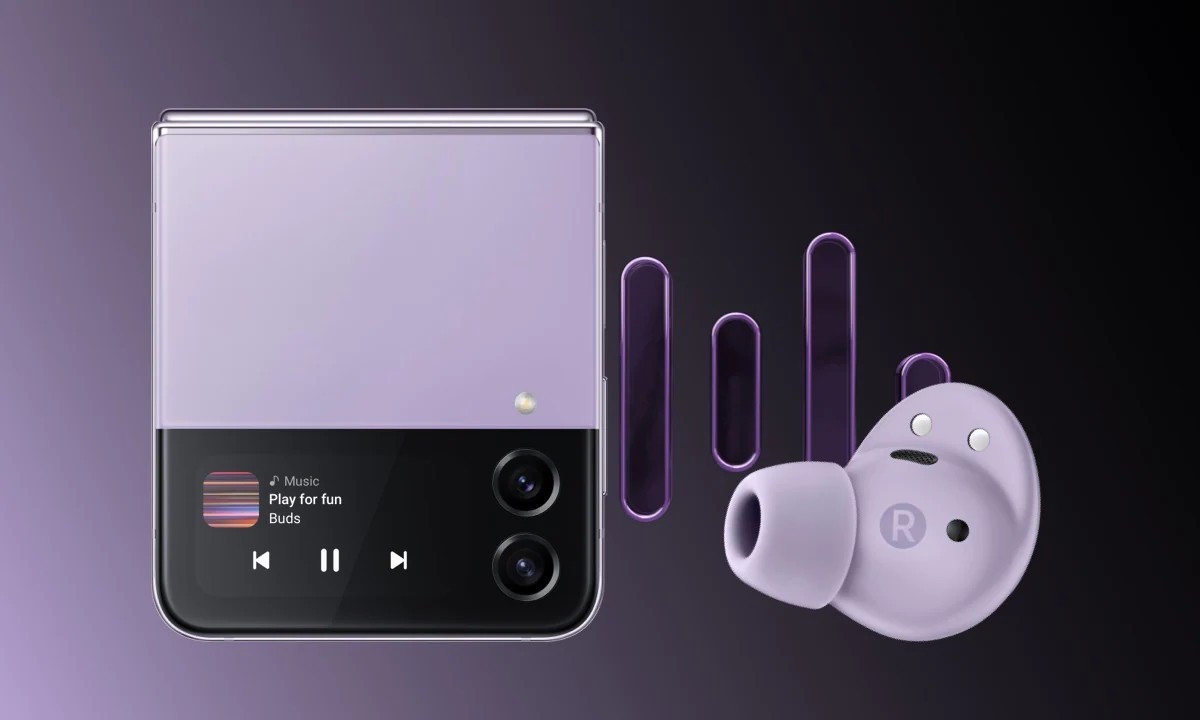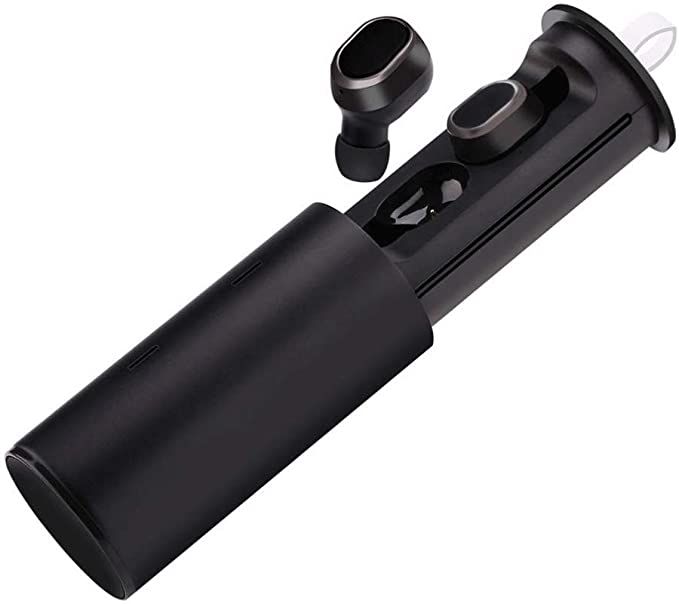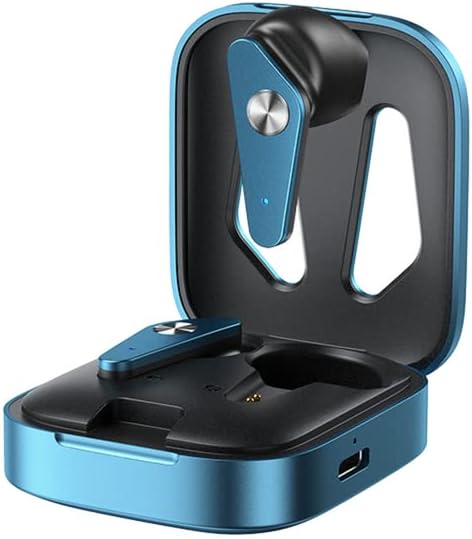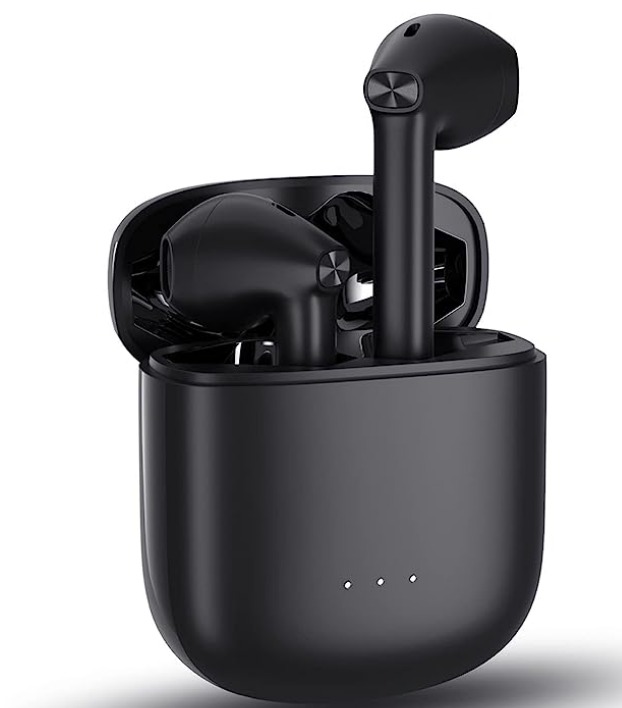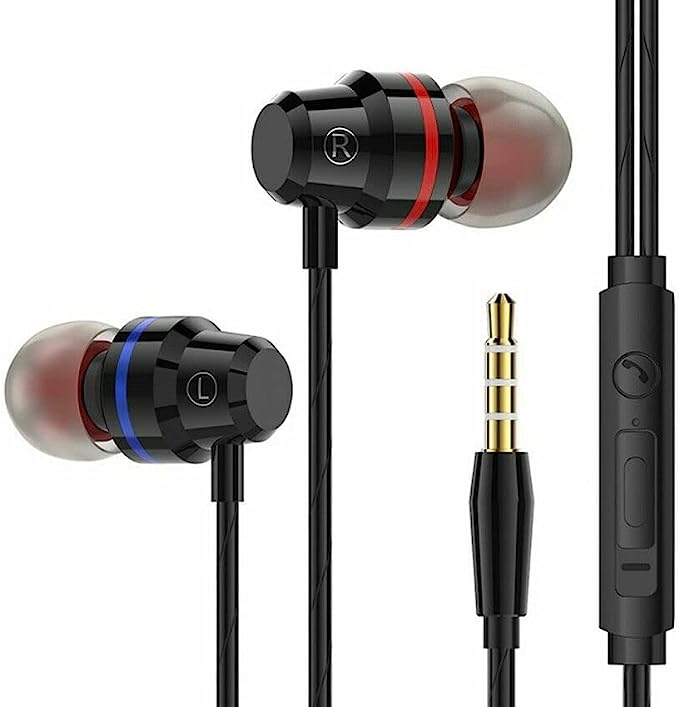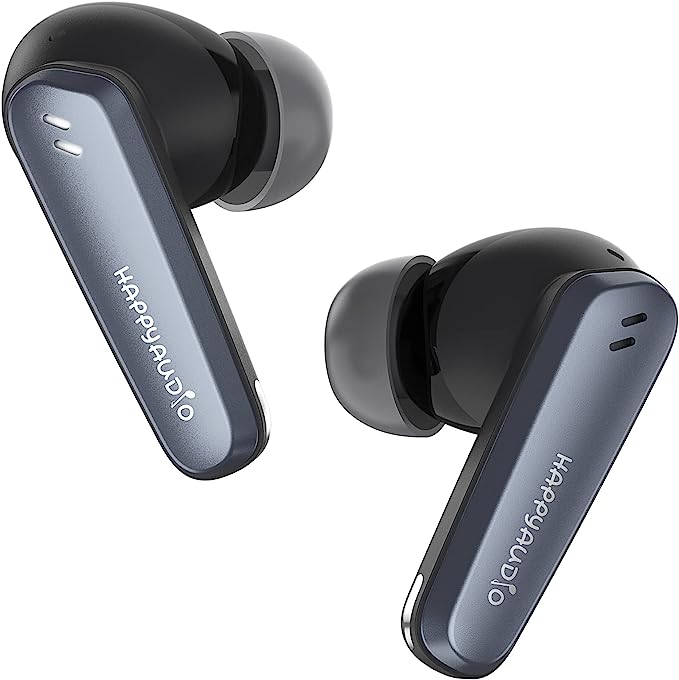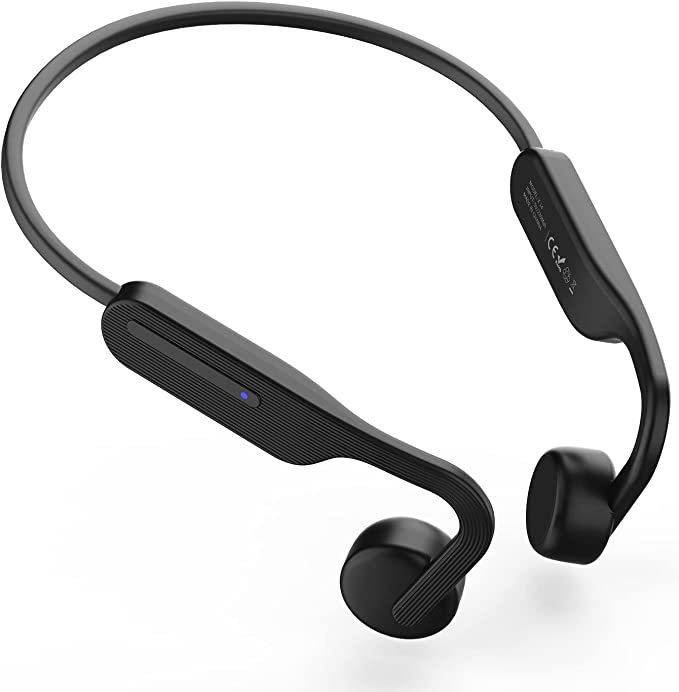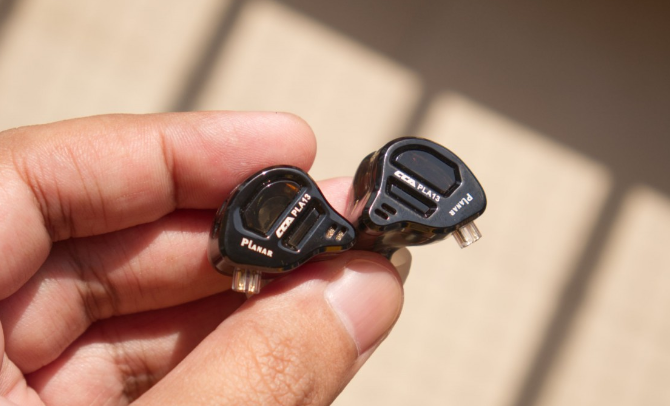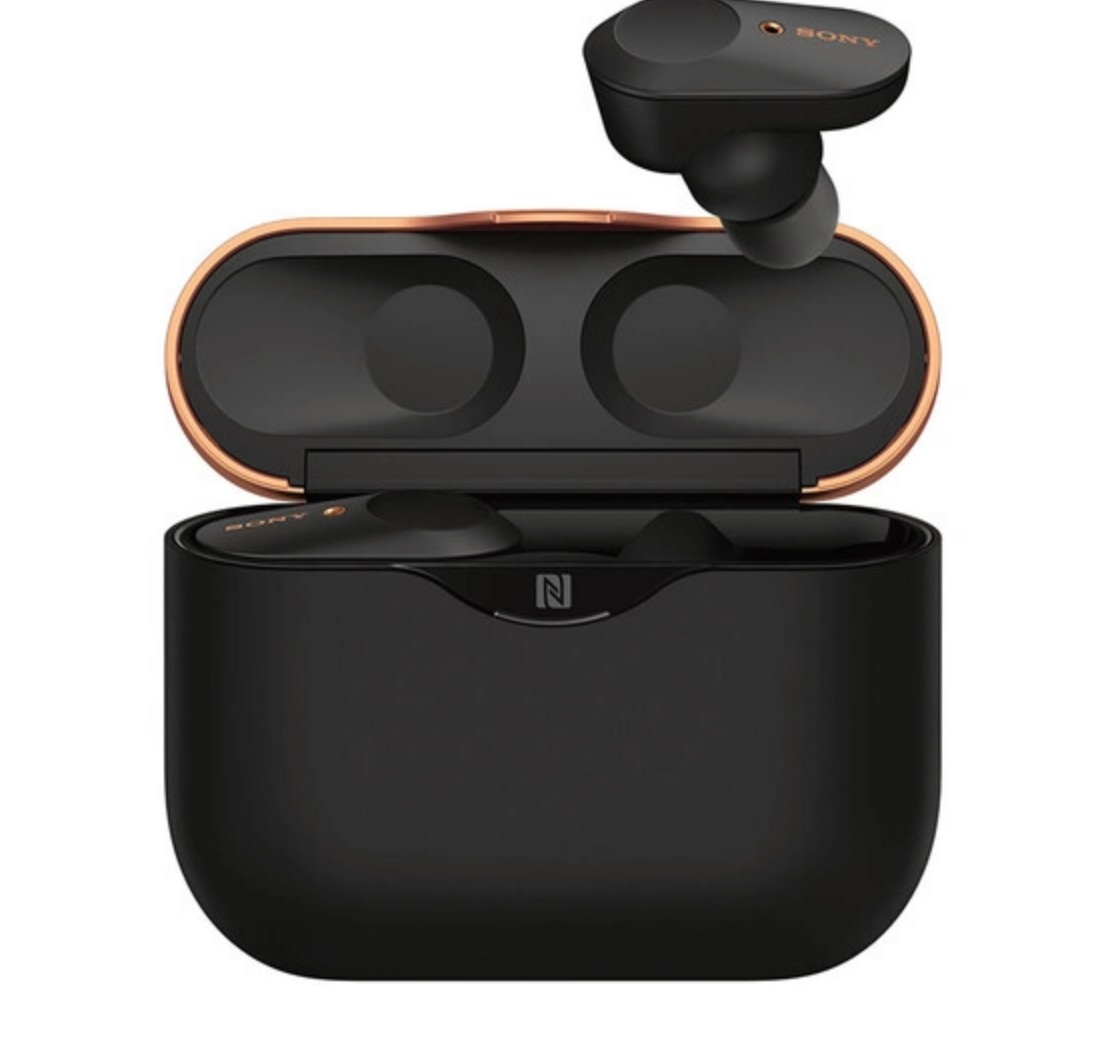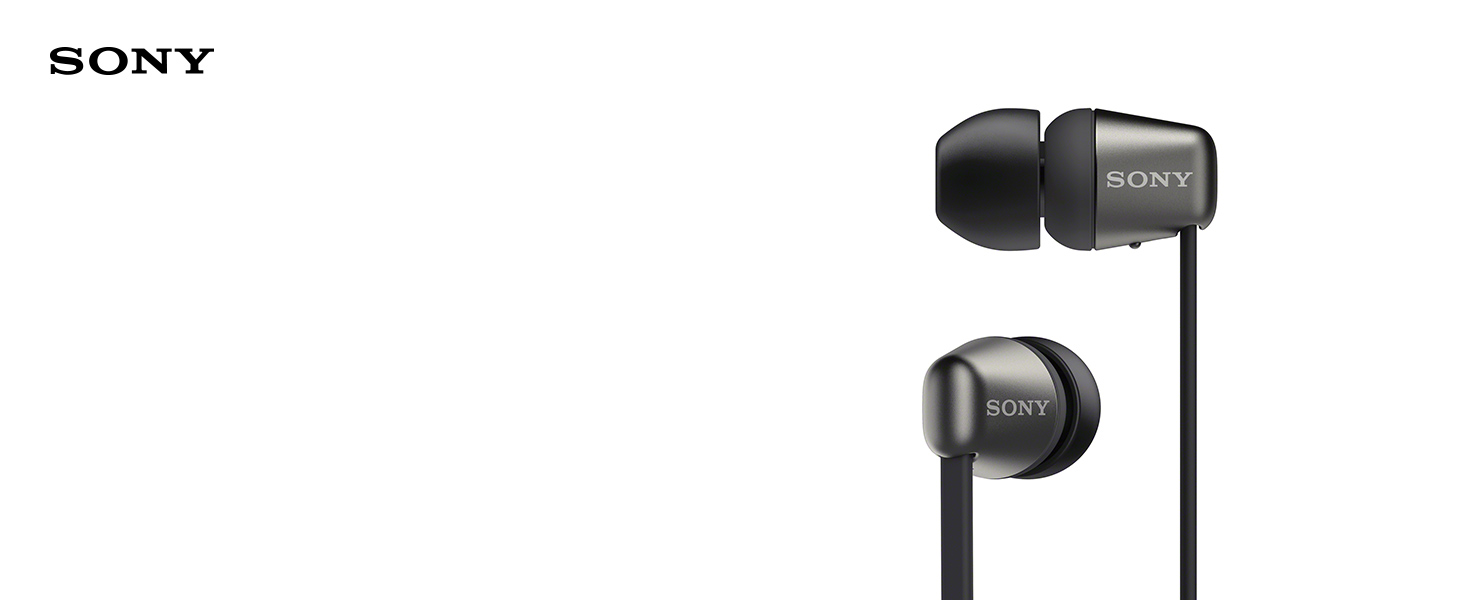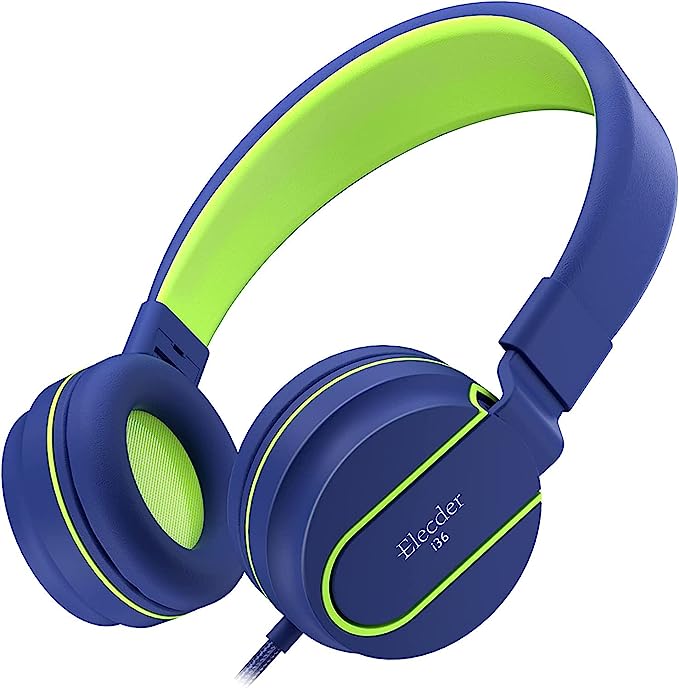Rock Ridge F-9 Wireless Earbuds: A Budget-Friendly Option with Crisp Audio
Update on June 21, 2025, 1:21 p.m.
In a world brimming with high-tech gadgets, the allure of an ultra-affordable option is undeniable. Enter the Rock Ridge F-9 Wireless EarBuds, a pair of true wireless earbuds proudly sporting a $14.99 price tag. It’s a figure that certainly turns heads. But what exactly are you getting when you exchange less than a twenty-dollar bill for a slice of wireless audio freedom? Is it a hidden gem, or a collection of compromises? Let’s put on our consumer science hats, examine the evidence from product specs to user experiences, and uncover the technology humming – or perhaps occasionally sputtering – inside these budget buds.
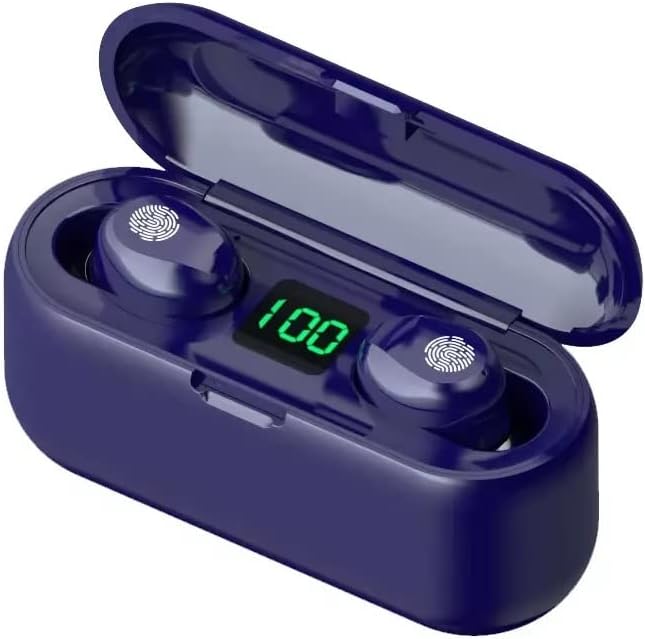
The promise of “Wireless, Bluetooth” connectivity is central to the F-9’s appeal. At its heart, Bluetooth technology uses short-range radio waves, typically in the 2.4 GHz spectrum (a band shared with Wi-Fi and microwave ovens, interestingly enough), to transmit audio data from your phone to the earbuds. Think of it as an invisible, digital pipeline for your music. The initial “pairing” process is like a digital handshake; your phone and the F-9 earbuds exchange credentials to establish a secure connection. For some users, like Russell Smith, pairing the F-9s with multiple devices was “easy.” However, Jasmine Natasha Robinson voiced a common frustration with budget tech, noting, “I just don’t like how much of a struggle it is to connect them to my phone.” Such variability isn’t uncommon. While the specific Bluetooth version isn’t stated, at this price point, it’s reasonable to assume the earbuds utilize a foundational audio codec like SBC (Subband Codec). SBC is universally supported but is a “lossy” codec, meaning some audio data is discarded to reduce file size for transmission, which can impact sound fidelity compared to more advanced codecs like AAC or aptX found in pricier alternatives.
Powering these tiny audio companions are 2 Lithium Ion batteries (one in each earbud, plus another in the case, all included). Lithium-ion chemistry is the standard for portable electronics due to its high energy density – packing a good amount of power into a small, lightweight package. The F-9s boast a Charging Time of 1 Hour, which is quite respectable. The Wireless Charging Case itself is a key part of the value proposition. Kimmy Shopz appreciated that “it tells you the percentage of charge remaining,” a genuinely useful feature. However, the case also drew criticism for being “a little clunky” with a lid that “does not snap closed,” and TreeFiddy found it “huge.” Speaking of the case, it charges via a micro USB port. In an era where USB-C is rapidly becoming the norm for its reversibility and faster data/power capabilities, Micro-USB feels like a step back in time. This is a classic example of cost engineering; Micro-USB components are generally cheaper, helping to keep that final product price incredibly low. TreeFiddy did note a minor silver lining: “the way-too-large charging case can be used as a power bank that exports power via USB A,” though acknowledged “it doesn’t hold a ton of juice.”
Comfort and fit are paramount for any in-ear device. The Rock Ridge F-9 earbuds are an In Ear form factor and come with three different silicone insert sizes (S, M, L). This is crucial because a good acoustic seal is fundamental to the listening experience. A snug fit not only prevents the earbuds from dislodging during movement but also provides passive noise isolation by physically blocking some ambient sound. Furthermore, it creates a sealed chamber in your ear canal, which is essential for perceiving bass frequencies from small drivers. User Webb family found them “Surprisingly comfortable” and noted they “actually stay put.” Kimmy Shopz made an interesting observation: “the earbuds don’t seem to be designed to be left/right specific. They will fit into either of the charging docks and either ear.” This ambidextrous design simplifies manufacturing and might be convenient for some users, but it means any ergonomic shaping tailored to the specific contours of the left or right ear is absent.
Now, let’s address the sound, the very essence of an earbud. Rock Ridge claims “Crystal Clear Sound.” For $14.99, managing sonic expectations is vital. The sound produced by an earbud is a complex interplay of its driver (the miniature speaker), the acoustic properties of its housing, the seal in your ear, and any digital signal processing (DSP). User experiences with the F-9’s audio quality are quite varied. Kimmy Shopz described it as “adequate,” while Webb family felt the “sound quality is way better than I expected.” Ty Miller offered a more critical perspective: “Sounds are clear but not overly loud, and lacks deep bass that you might expect from an earbud.” TreeFiddy was more blunt, stating, “sound is lacking.” This spectrum of opinions is common with budget audio. Without sophisticated acoustic engineering or high-quality components, achieving a balanced and detailed sound profile is challenging. The F-9s likely deliver a functional audio experience for casual listening, but they won’t satisfy audiophiles seeking rich bass or sparkling highs.
Interaction with the F-9s is managed through Easy Touch Controls. These typically operate using capacitive sensing – your fingertip causes a small change in electrical capacitance on the earbud’s surface, which is registered as a command. In theory, it’s an elegant solution. In practice, especially on small, budget-constrained devices, it can be a source of frustration. Kimmy Shopz reported, “I did have problems with the controls on the earbuds. I never got the volume or song advancement to work for me…The tapping process on the flat earbud surface seems touchy.” Ty Miller echoed this sentiment: “Because of their compact size, I find that I sometimes adjust the volume or even power off one of the buds, when simply trying to adjust them.” This highlights a common ergonomic challenge: designing touch surfaces that are sensitive enough to register intentional taps but not so sensitive that they trigger accidental commands, all on a tiny, often awkwardly angled, surface.
When it comes to using the F-9s for phone calls, the user feedback is almost unanimously unfavorable. “Note: these earbuds are for music only,” warned Kimmy Shopz, explaining that calls require removing an earbud. Russell Smith was more direct: “I tried making a few calls using these earbuds, but nobody was able to hear me.” This poor call quality is a frequent compromise in budget earbuds. The tiny microphones are often not optimally positioned, may lack effective noise-canceling technology, and the internal components might prioritize music playback over voice capture fidelity to save costs.
So, what does the overall 3.8 out of 5 stars from 23 ratings tell us about the Rock Ridge F-9? It suggests a product that, for its extremely low price, satisfies some users for specific, limited use cases, while falling short for others, particularly in areas like call quality and touch control refinement. The price of $14.99 dictates that significant compromises are inevitable. The dated Micro-USB port, the finicky touch controls, and the poor microphone performance are all likely consequences of striving to hit that aggressive price target. These earbuds might find their niche as a backup pair, a low-risk option for the gym (where loss or damage is a concern), or perhaps as a first pair of wireless earbuds for a younger user where top-tier performance isn’t the primary concern. As Ty Miller concluded, “At this price point, I think these overall offer a good value,” a statement that hinges heavily on managing one’s expectations.
Ultimately, the Rock Ridge F-9 Wireless EarBuds serve as a fascinating case study in budget technology. They demonstrate how far wireless audio has come in terms of accessibility, while also reminding us that every design choice, especially at the entry-level, involves a series of trade-offs. Understanding these trade-offs – the science behind the sound, the reason for a particular port, the limitations of tiny components – empowers you, the consumer. There’s no single “best” product, only the best product for your specific needs, budget, and informed expectations. By looking beyond the marketing claims and delving into the underlying tech and real-world experiences, you become a savvier tech detective, capable of making choices that truly resonate with you.
